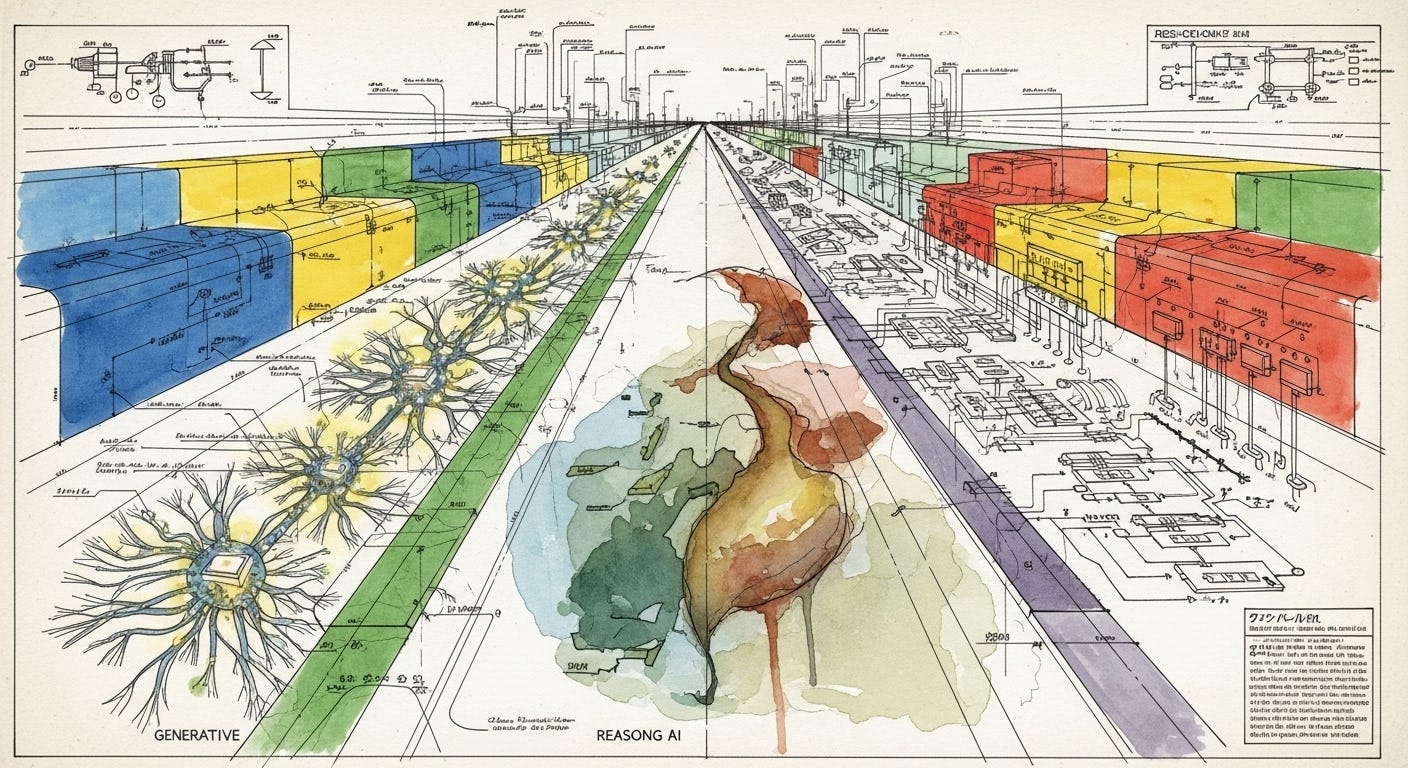OpenAI's Secret GPT-5 Code Leak Reveals the $100B AI Market Nobody's Talking About
The August launch is a head fake. The real story is the strategic split between "generative" and "reasoning" AI, and it changes everything.
The most important clue about GPT-5 isn't its rumored August launch date. It’s a cryptic string of text unearthed from OpenAI’s own code: "gpt-5-reasoning-alpha-2025-07-13". As reported by BleepingComputer and Computerworld, this name isn't just marketing jargon. It's a technical blueprint for a fundamental shift in strategy, one that will bifurcate the…
Keep reading with a 7-day free trial
Subscribe to Tide Prompt to keep reading this post and get 7 days of free access to the full post archives.


